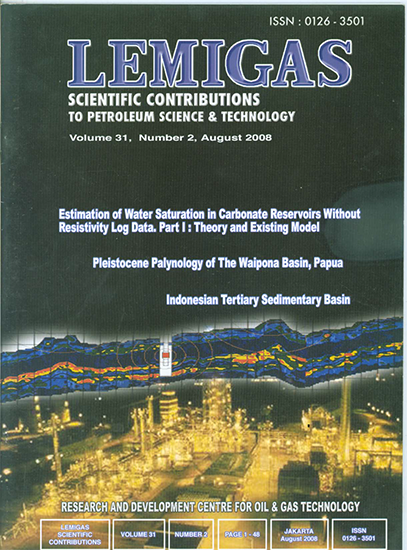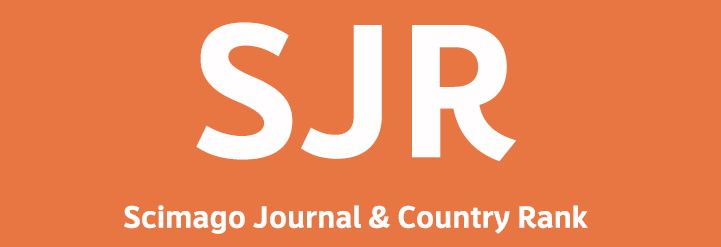ESTIMATION OF WATER SATURATION IN CARBONATE RESERVOIRS WITHOUT RESISTIVITY LOG DATA. PART I: THEORY AND EXISTING MODEL
DOI:
https://doi.org/10.29017/SCOG.31.2.1000Keywords:
Carbonate Rocks, Classification, Water Saturation Model, Capillary PressureAbstract
This paper presents an observation over a suggested approach for establishing water saturation model that is specifically designed without the need of resistivity log data. One of the main strength of the approach is that the resulting water saturation model can be specifically established for local or specific use only. This is true since the approach can be applied using carbonate rocks that are obtained locally or from specific areas. Another important conclusion is that this approach can also be applied for any carbonate rock classification as long as the classification can clearly group carbonate rocks into groups with distinctive petrophysical properties. This paper – first part of two – presents theory and rock classification that underlines the approach, as well as procedure and the existing models available.
References
Amyx, J.W., Bass, Jr., D.M. & Whiting, R.L. (1960) “Petroleum Reservoir Engineering - Physical Properties.†McGraw-Hill Book Co., New York, pp. 610.
Choquette, P.W. & Pray, L.C. (1970) “Geologic Nomenclature and Classification of Porosity in Sedimentary Carbonates.†AAPG Bulletin, v. 54, No. 2, p. 207 – 250.
Dunham, R.J. (1962) “Classification of Carbonate Rocks According to Depositional Textureâ€. In Ham, W.E., ed.: “Classification of Carbonate Rocks – A Symposium,†AAPG Memoir No. 1, p: 108 – 121.
Lucia, F.J. (1995) “Rock-Fabric/Petrophysical Classification of Carbonate Pore Space for Reservoir Characterization.†AAPG Bulletin, V. 79, No. 9, p: 1275 – 1300.
Lucia, F.J. (1983) “Petrophysical Parameters Estimated from Visual Descriptions of Carbonate Rocks: A Field Classification of Carbonate Pore Space.†J. of Pet. Tech., March, p: 626 – 637. ˇ
Downloads
Issue
Section
License
Copyright (c) 1970 SCIENTIFIC CONTRIBUTIONS OIL AND GAS (SCOG)

This work is licensed under a Creative Commons Attribution 4.0 International License.
Authors are free to Share — copy and redistribute the material in any medium or format for any purpose, even commercially Adapt — remix, transform, and build upon the material for any purpose, even commercially.
The licensor cannot revoke these freedoms as long as you follow the license terms, under the following terms Attribution — You must give appropriate credit , provide a link to the license, and indicate if changes were made . You may do so in any reasonable manner, but not in any way that suggests the licensor endorses you or your use.
No additional restrictions — You may not apply legal terms or technological measures that legally restrict others from doing anything the license permits.














